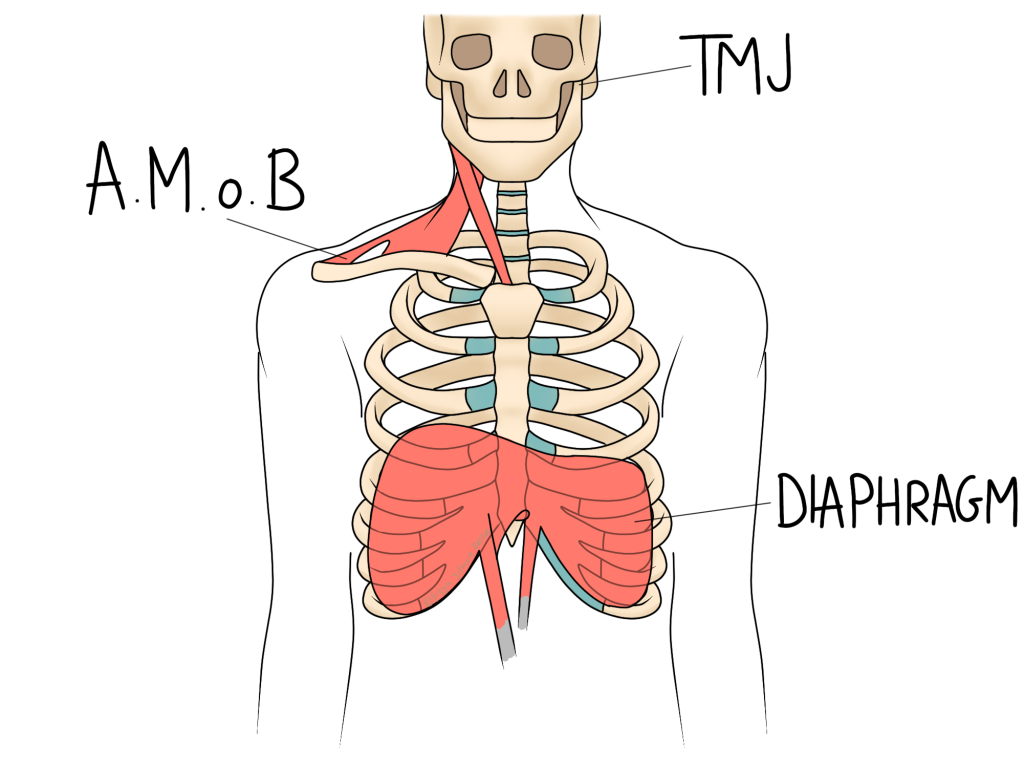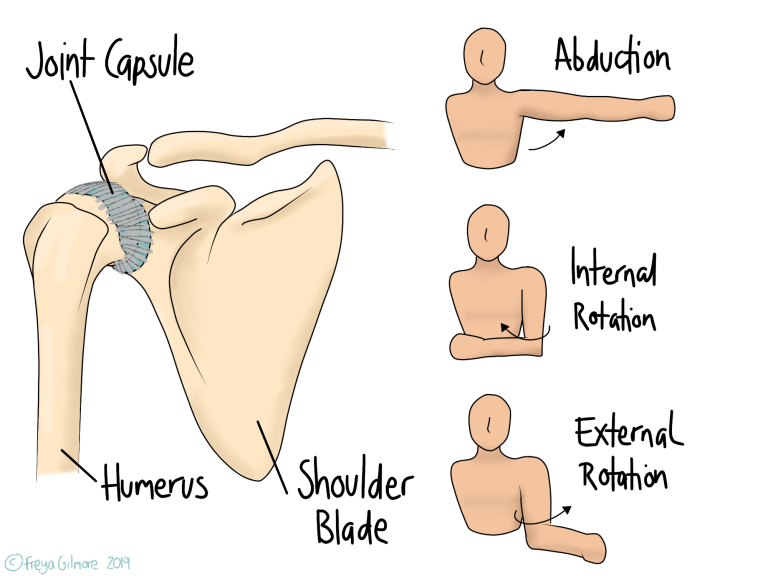We often blame stress for a range of symptoms: gastric changes, skin problems, and poor mood to name a few. It can also play a role in aches and pains, due to causing muscular tension.

Other lifestyle factors can lead to tension, even when you’re not under stress. If work requires you to sit in one position all day, especially if you’re stuck at a desk, you might find that your body reacts with tension. We often see desk based patients who develop tension in their chest muscles and the back of the neck, as they hunch their shoulders forward and over compensate by extending their neck. Addressing the ergonomics at work can make a huge difference. We can offer advise for a more comfortable desk set up as part of your treatment plan.
Tension often manifests in the shoulders, which might be held elevated as part of a fight or flight response. Beyond a general upper back ache, this tension can negatively impact breathing, and lead to headaches due to irritating the neck.
Headaches
Tension in the neck can cause muscular pain, and restrict movement. This in turn can irritate joints and other structures. Any one of these issues can refer pain into the head, manifesting as a headache.
Referred pain is where pain is felt in a location away from the real issue. This is well documented in heart attacks, where some people feel arm, jaw, or shoulder pain without chest pain. We also see it in clinic when lower back issues cause pain in the legs (this is different to sciatica).
Fortunately, these headaches are usually responsive to treatment to the root cause. Easing the pressure on the neck, and addressing the tension can give good results. We can also give advice to help manage and limit future episodes.
Breathing and Tension
Breathing “properly” means breathing deeply into your diaphragm. The diaphragm is the parachute shaped muscle that sits under your lungs, attaching to the ribs and creating a divide between the chest and abdomen. This large muscle can efficiently create the change in pressure required to inflate and deflate the lungs. Your tummy will move on each breath when you breathe this way.
Inefficent breathing employs the diaphragm less, and demands effort from the smaller muscles in the upper back and shoulders. They are labelled in the diagram as AMOB: accessory muscles of breathing. These muscles are much smaller than the diaphragm, working less efficiently and potentially contributing to more tension. They fatigue easier, causing achiness which might encourage you to hitch your shoulders further. If your shoulders and rising and falling more than your tummy is, you might be breathing this way.
Further Impacts
The diaphragm plays a major role in breathing, but it also supports some digestive function. The stomach sits just below the diaphragm, which helps to support the sphincter at the top of the stomach. This sphincter prevents the stomach contents from travelling back up the oesophagus, causing reflux and heartburn. If the diaphragm isn’t working properly, you might be more susceptible to these symptoms.

